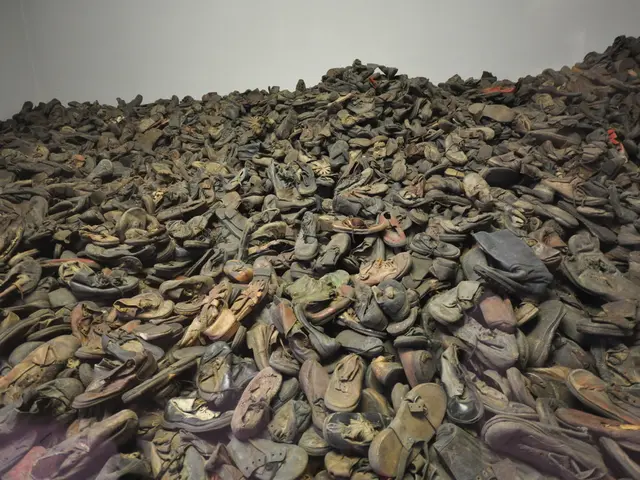Iranian Government Accuses U.S. of Espionage and Interference in Domestic Affairs
Hijab Crackdown in Iran: A Modern-Day Witch Hunt
In a chilling revelation, a UN report accuses the Iranian government of employing high-tech tactics to enforce mandatory hijab laws. These tactics include drones, facial recognition technology, and a citizen-reporting app named Nazer.
At the heart of this digital witch hunt is the Nazer app, backed by the government. This tool empowers both the police and "vetted" citizens to report any allege hijab violations made by women, even in ambulances, public transportation, and taxis. Users can upload the vehicle license plate, location, and time of the violation, which triggers an alert to the vehicle's owner, warning them of potential fines or vehicle impoundment.
The report also sheds light on drone surveillance in Tehran and the southern parts of the country. These unmanned aerial vehicles are used to monitor hijab compliance in public areas. Furthermore, new facial recognition software, allegedly installed last year at Tehran's Amirkabir University, adds another layer to this digital panopticon.
As the report goes to the UN Human Rights Council on Tuesday, it raises concerns about individual privacy and freedom. This technology-driven approach to enforcing dress codes could set a dangerous precedent for other regimes seeking to control their citizens.
It's worth noting that the operation of such systems involves citizen reporting, vehicle impoundment, and SMS alerts. While the specifics of the Nazer app's operation aren't extensively documented, its function likely falls within this framework. Enforcing hijab laws in Iran is a multifaceted issue, blending legal and social elements, with technology playing an increasingly significant role in the process.
Note: The enforcement of dress codes often relies on citizen reporting, creating social pressure to comply with the laws. In Isfahan, authorities have been known to use SMS messages to notify individuals about dress code violations [1].
- The UN report on the hijab crackdown in Iran mentions the use of drones for surveillance in Tehran and the southern parts of the country.
- The Nazer app, supported by the Iranian government, enables both police and vetted citizens to report alleged hijab violations, including providing the vehicle license plate, location, and time of the violation.
- The report also highlights the use of newly installed facial recognition software at Tehran's Amirkabir University, which could potentially add another layer to the digital monitoring of hijab compliance.
- As the report is presented to the UN Human Rights Council, concerns arise about the implications for individual privacy and freedom, as well as potential precedents for other regimes seeking to control their citizens through technology and citizen reporting.






